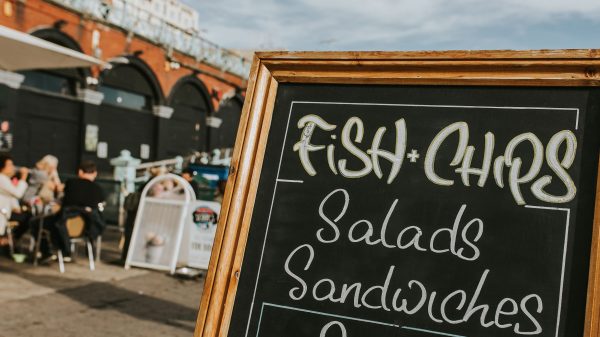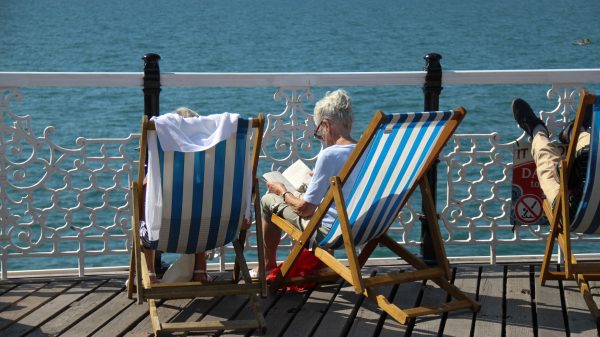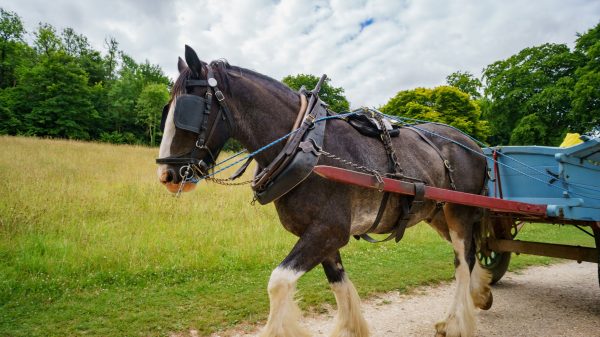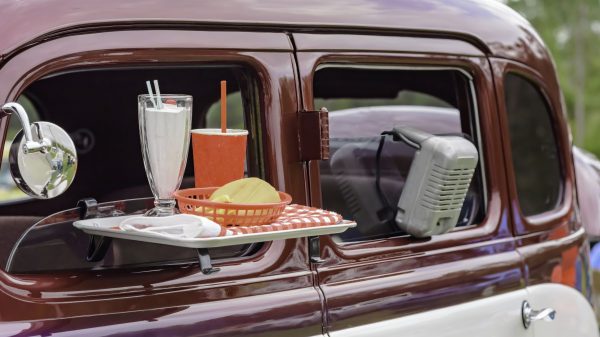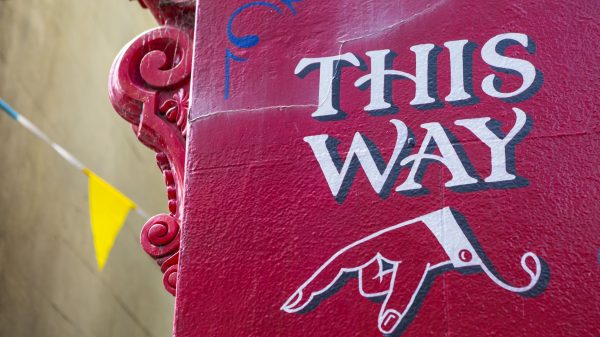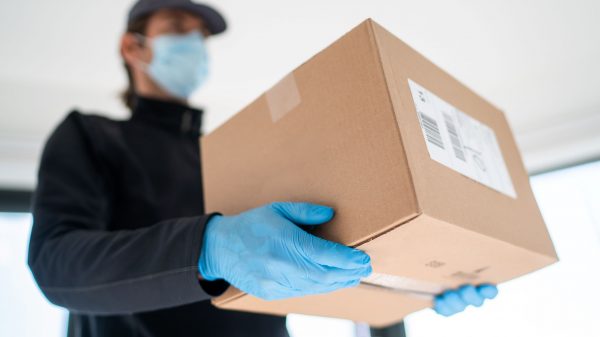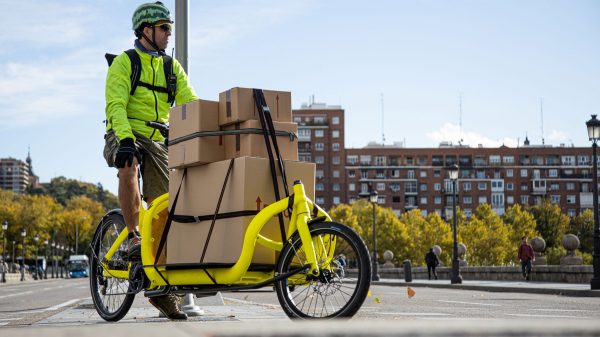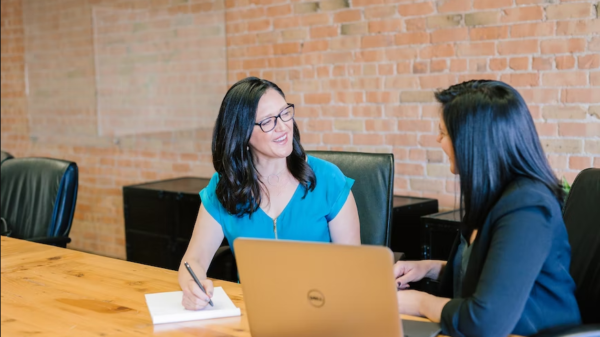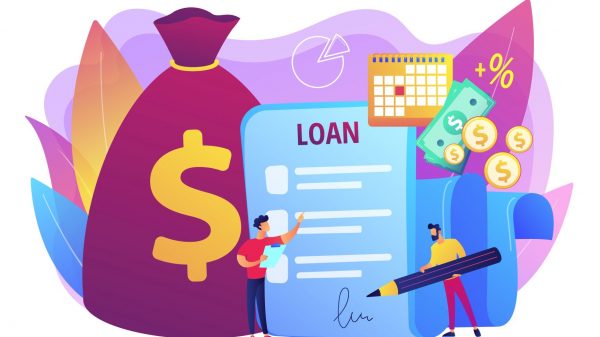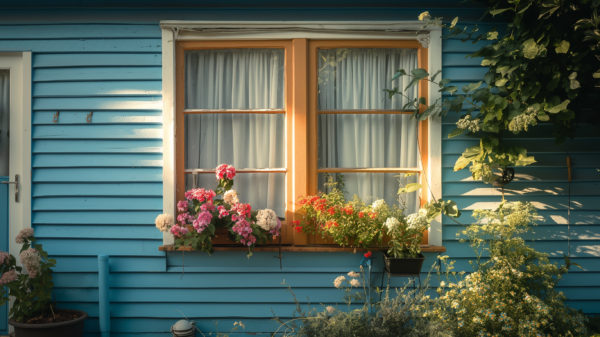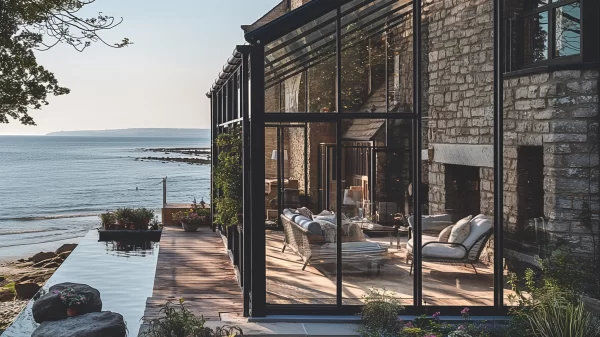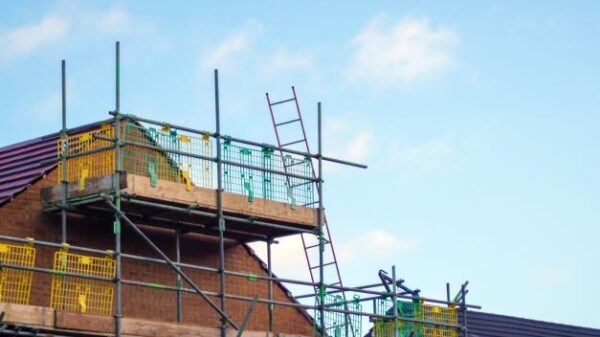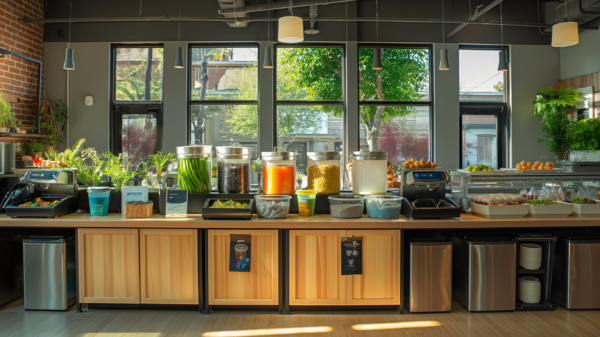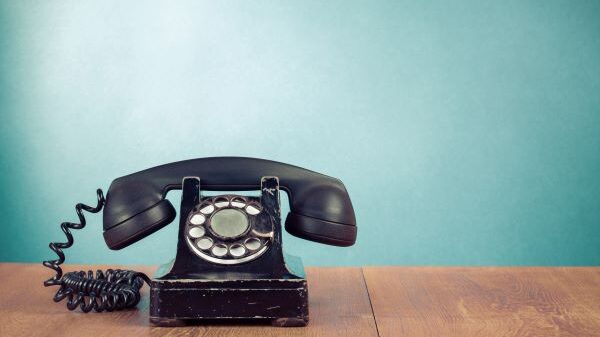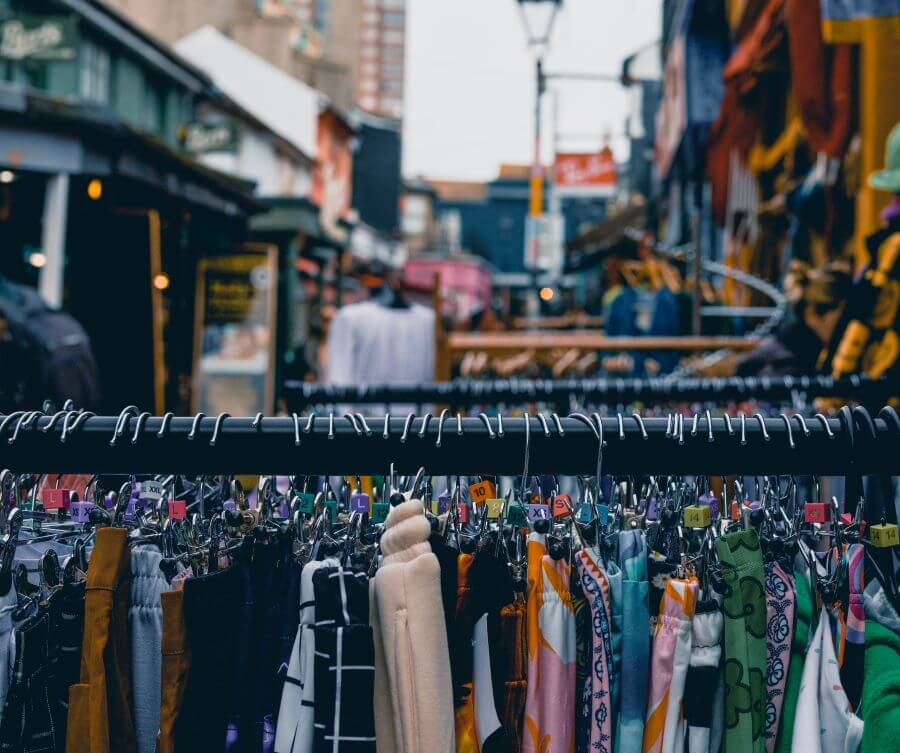Did you know that the vintage clothing market has grown by 15% annually over the past five years, driven by a surge in demand for sustainable fashion? Brighton is a bohemian hotbed of vintage style, with the Laines full of boutique shops. And you can see the success of Beyond Retro who have a shop here. to know it’s big business.
Imagine turning your passion for timeless style into a thriving business for yourself. This guide will walk you through everything you need to know to get started, from understanding the market to managing your inventory and delighting your customers.
Understanding the Vintage Market
Definition: Vintage clothing typically refers to garments that are at least 20 years old. These pieces often reflect the trends and styles of their era, offering a unique charm that modern fast fashion cannot replicate.
Trends and Demand: The demand for vintage clothing has been steadily increasing as more consumers seek sustainable and unique fashion choices. According to a report by ThredUp, the secondhand market is expected to double in the next five years, with vintage clothing being a significant driver of this growth. Vintage pieces are not only environmentally friendly but also allow individuals to express their personal style.
Target Audience: Vintage clothing appeals to a wide range of consumers, from fashion-forward millennials to eco-conscious individuals and collectors. Understanding your audience is crucial for tailoring your inventory and marketing strategies.
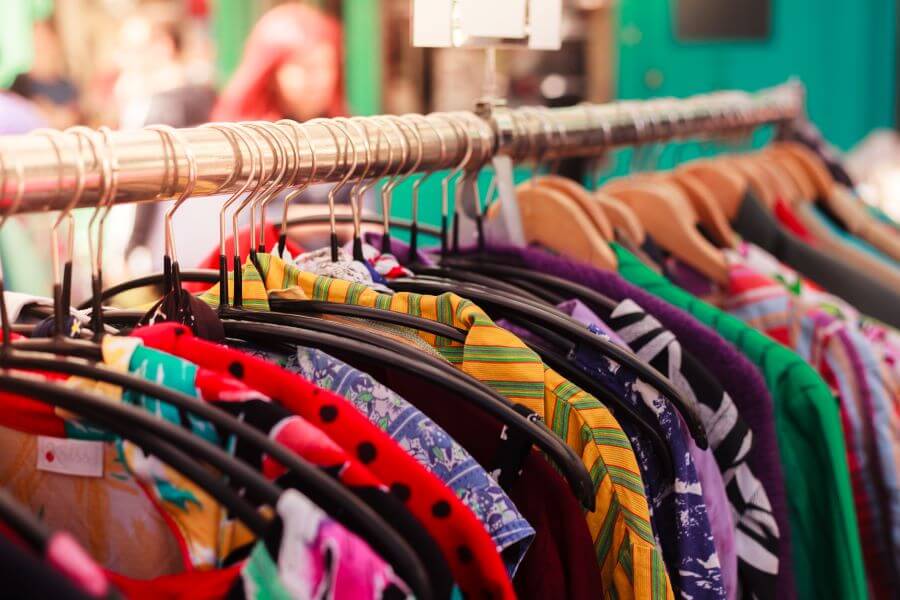
Building Your Business Plan
Market Research: Conduct thorough research to understand your local market and online competitors. Use tools like Google Trends, industry reports, and vintage fashion forums to gather data. Identify popular vintage stores, their pricing strategies, and what makes them successful.
Business Model: Decide whether you want to operate a brick-and-mortar store, an online shop, or participate in pop-up events. Each model has its benefits and challenges, so choose one that aligns with your resources and goals.
Brand Identity: Create a unique brand identity that sets your business apart. This includes your store’s name, logo, and overall aesthetic. Your brand should reflect the era and style of the vintage pieces you offer.
Sourcing Vintage Clothing
Where to Find Stock: Source your vintage inventory from dedicated vintage clothing wholesalers who have authentic and genuine stock.
Evaluating Quality: Learn how to assess the quality and authenticity of vintage items. Check for original labels, stitching, fabric, and overall condition to ensure you are offering genuine and high-quality pieces.
Sustainable Sourcing: Emphasize sustainable sourcing practices. Not only does this appeal to eco-conscious consumers, but it also aligns with the principles of vintage fashion.
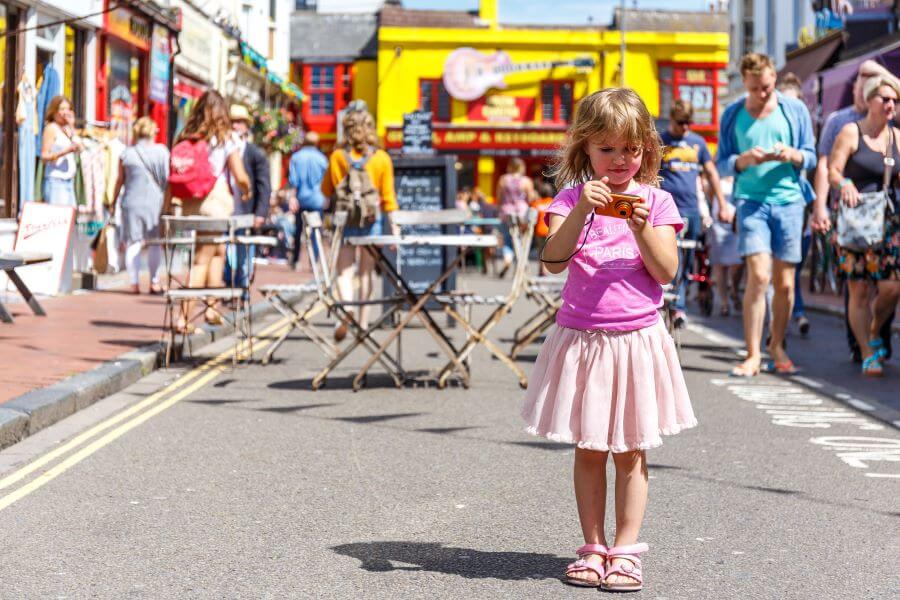
The Laines sees high footfall in summer
Setting Up Your Shop
Location Selection: If you choose a physical store, select a location with high foot traffic and a target demographic that appreciates vintage fashion. Consider areas near the university or the lanes for the tight type of footfall.
Online Store Setup: For an online store, choose a reliable e-commerce platform like Shopify. Focus on creating a user-friendly website with high-quality photos and detailed descriptions of your items.
Store Layout and Design: Create an inviting store layout that highlights your vintage pieces. Use period-appropriate decor to enhance the shopping experience and create an immersive atmosphere.
Pricing Your Products
Pricing Strategies: Price your vintage items based on their condition, rarity, and market demand. Research similar items to ensure your prices are competitive yet profitable.
Profit Margins: Calculate your profit margins to ensure your business is sustainable. Factor in costs such as sourcing, restoration, marketing, and overhead.
Marketing and Promotion
Digital Marketing: Leverage digital marketing strategies, including social media, email newsletters, and search engine optimization (SEO). Use platforms like Instagram and Pinterest to showcase your inventory and attract followers.
Local Marketing: Promote your business locally through events, flyers, and collaborations with other businesses. Host vintage-themed events or fashion shows to draw attention to your store.
Building a Community: Engage with your customers by building a community around your brand. Encourage customers to share photos of their purchases on social media and create a loyalty program to reward repeat customers.

Managing Your Inventory
Inventory System: Implement an effective inventory management system to track your stock. This helps you stay organized and make informed purchasing decisions.
Tracking Sales and Trends: Monitor sales and identify trends to understand what types of items are most popular. Use this data to adjust your sourcing and pricing strategies.
Customer Service and Retention
Customer Experience: Provide excellent customer service to create a memorable shopping experience. Be knowledgeable about your products and ready to assist with styling advice.
After-Sales Service: Maintain relationships with your customers through after-sales service. Follow up on purchases, handle returns gracefully, and encourage feedback to improve your offerings.
Legal Considerations
Business Registration: Ensure your business is legally registered and complies with local regulations. This includes obtaining a business license and registering for taxes.
Permits and Licenses: Determine if you need any special permits or licenses to sell vintage clothing, especially if you plan to operate a physical store.
Taxes and Accounting: Stay on top of your tax obligations and maintain accurate financial records. Consider hiring an accountant to help manage your finances.
Conclusion
Starting a vintage clothing business is a rewarding endeavour that combines a love for fashion with sustainable practices. By understanding the market, sourcing quality pieces, and providing excellent customer service, you can turn your passion into profit. Embrace the unique charm of vintage fashion and inspire others to do the same.
Ready to start your vintage clothing business? Follow us for more expert advice and inspiration on your journey to becoming a successful vintage entrepreneur. Let’s make the world more stylish and sustainable, one vintage piece at a time.







